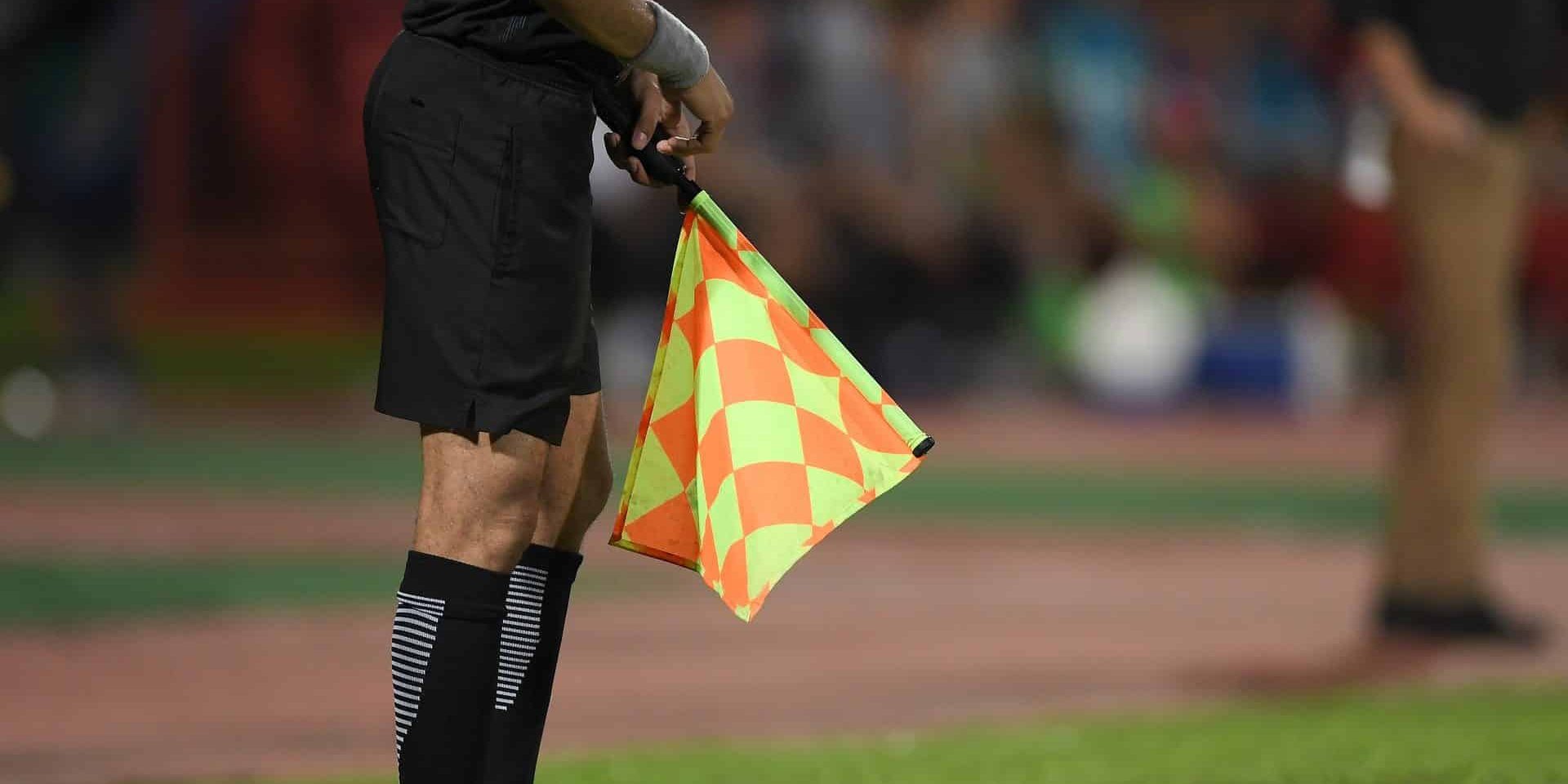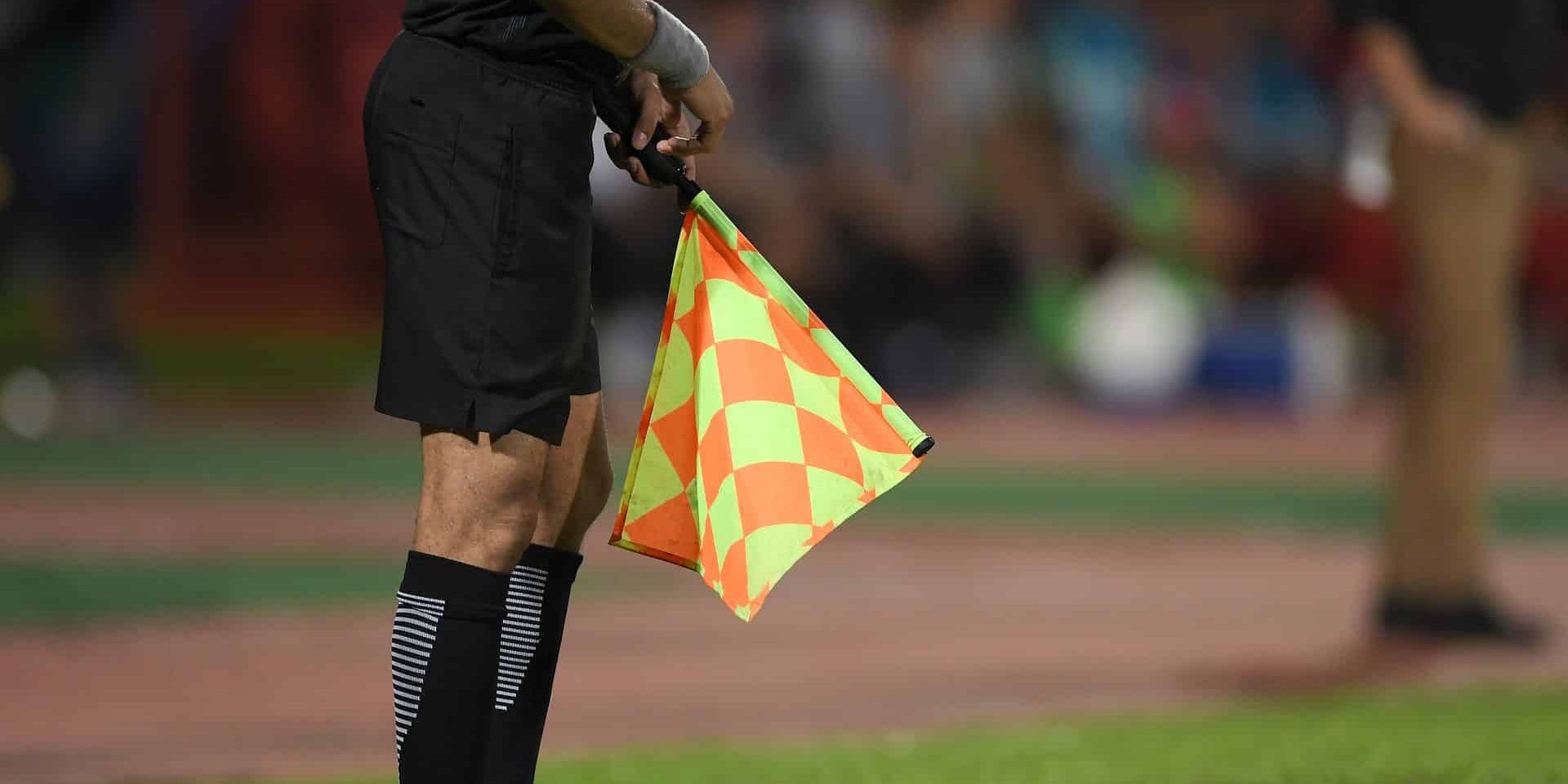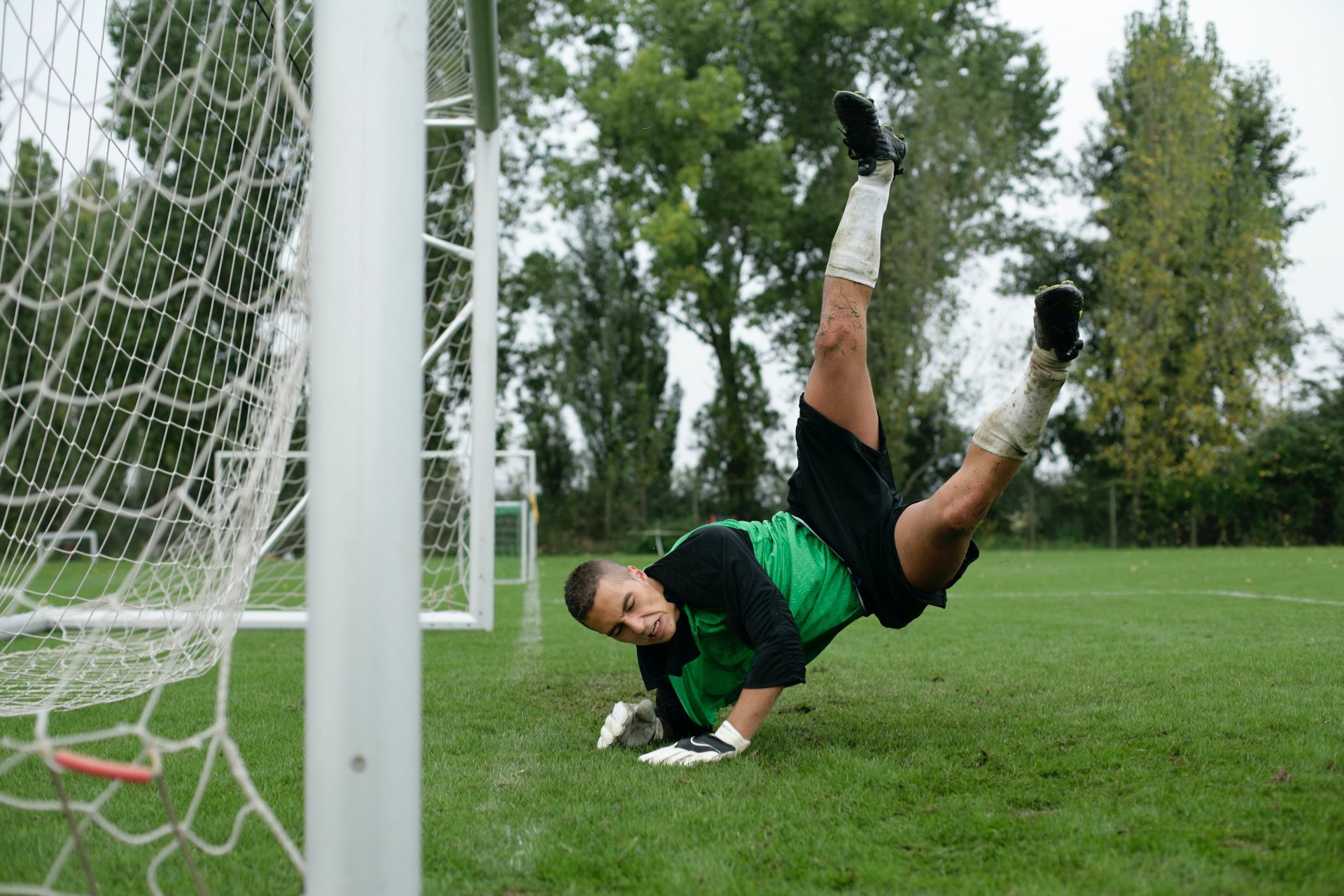What Is The Soccer Offside Rule?


Table of Contents
If you have ever watched a game of soccer and seen the linesman raise his flag, you may wonder, what is the soccer offside rule and how does it work? In soccer (also known as football), the offside rule is a rule that is intended to prevent players from gaining an unfair advantage by positioning themselves in a location on the field where they are able to receive a pass from a teammate without being challenged by an opposing player.
According to the offside rule, a player is in an offside position if they are closer to the opposing team’s goal line than both the ball and the second-to-last opposing player (typically the last opposing defender). If the player receives a pass while in an offside position, the opposing team is awarded a free kick.
There are a few exceptions to the offside rule:
- If the player is in their own half of the field, they cannot be offside.
- If the player is level with the second-to-last opposing player (typically the last opposing defender), they are not offside.
- If the player receives the ball directly from a goal kick, corner kick, or throw-in, they are not offside.
The offside rule can be difficult to understand and is often a source of controversy in soccer. However, it is an important part of the game and helps to ensure that the game is fair and balanced.
As soccer becomes more popular in the US, more and more people are trying to work out, what is the soccer offside rule?
Let’s take a look…
What Is The Soccer Offside Rule? – Video Explainer
What is an example of offsides in soccer?
Here is an example of a situation in which a player might be called for offside in soccer:
Imagine that a player from Team A has the ball near the halfway line. A player from Team B is standing in an offside position, closer to the goal line than both the ball and the second-to-last opposing player (the last defender). If the player from Team A passes the ball to the player from Team B who is in an offside position, the player from Team B would be called for offside and the opposing team (Team A) would be awarded a free kick.
Here is another example:
Imagine that a player from Team A is standing near the opposing team’s goal line, with the ball in front of them and the last defender behind them. If the player from Team A receives a pass from a teammate who is behind them, they would be considered offside and the opposing team (Team B) would be awarded a free kick.
It’s important to note that the offside rule is designed to prevent players from positioning themselves in a location on the field where they can receive a pass without being challenged by an opposing player. In the examples given above, the players in the offside position were able to receive a pass without being challenged because they were not being marked by an opposing player.
How do you explain offside to a child?
Explaining the offside rule to a child may be a little bit challenging, as it can be a complex rule to understand. However, there are a few ways you can help a child understand the basics of the offside rule:
- Use simple language: Try to use simple, easy-to-understand language to explain the offside rule. Avoid using technical terms or jargon that a child may not be familiar with.
- Use visual aids: You can use a simple diagram or drawing to help illustrate the concept of offside. For example, you could draw a soccer field and show where the ball is, where the players are, and where the goal is. This can help a child better understand the relationship between the different elements on the field.
- Use examples: You can use examples to help explain the offside rule to a child. For example, you could say something like “If a player is standing closer to the other team’s goal than the ball and the second-to-last defender, they are offside. That means they cannot touch the ball or they will get a penalty.”
- Keep it simple: Don’t try to explain every single aspect of the offside rule to a child. Just focus on the basics and try to keep it as simple as possible. As they get older and more interested in soccer, they can learn more about the nuances of the offside rule.
Remember, the most important thing is to be patient and keep the explanations simple. With time and practice, a child will be able to understand the offside rule and how it applies to soccer.
Can you be offside without touching the ball?
If a player is in an offside position but does not make a move to try to receive the ball, they cannot be called for offside. The offside rule is designed to prevent players from positioning themselves in a location on the field where they can receive a pass without being challenged by an opposing player. If a player is not actively trying to get involved in the play, they are not considered to be gaining an unfair advantage.
So, to answer the question, a player can be offside without touching the ball, but only if they are in an offside position and actively trying to receive a pass. If they are not actively trying to receive the ball, they cannot be called for offside.
Is it offside if you pass backwards?
In soccer, the offside rule applies to passes that are made in the direction of the opposing team’s goal. If a player is in an offside position and they receive a pass that is made in the direction of the goal, they will be called for offside and the opposing team will be awarded a free kick.
However, if a player passes the ball backwards, away from the opposing team’s goal, the offside rule does not apply. In this case, the player who receives the pass cannot be called for offside, even if they are in an offside position.
It’s important to note that the offside rule is designed to prevent players from positioning themselves in a location on the field where they can receive a pass without being challenged by an opposing player. If a player passes the ball backwards, they are not trying to advance the ball towards the opposing team’s goal and therefore are not considered to be gaining an unfair advantage.
Are you offside if you are behind the goalkeeper?
In soccer, the offside rule applies to a player’s position on the field relative to the ball and the second-to-last opposing player (typically the last opposing defender). If a player is in an offside position and they receive a pass, they will be called for offside and the opposing team will be awarded a free kick.
If a player is behind the opposing team’s goalkeeper, they are not in an offside position as long as they are also behind the second-to-last opposing player (typically the last opposing defender). In this case, the player can receive a pass without being called for offside.
It’s important to note that the offside rule only applies to passes that are made in the direction of the opposing team’s goal. If a player is behind the opposing team’s goalkeeper and they receive a pass that is made in a different direction (for example, to the side or backwards), the offside rule does not apply and the player cannot be called for offside.
It’s also worth noting that a player can be in an offside position even if they are behind the opposing team’s goalkeeper if they are closer to the goal line than the ball and the second-to-last opposing player (typically the last opposing defender). In this case, the player would be considered offside and the opposing team would be awarded a free kick if they received a pass.
What is “passive offside” in football
In soccer (also known as football), the term “passive offside” refers to a situation in which a player is in an offside position but does not actively try to receive a pass or get involved in the play. In this case, the player is not considered to be gaining an unfair advantage and cannot be called for offside.
The offside rule is designed to prevent players from positioning themselves in a location on the field where they can receive a pass without being challenged by an opposing player. If a player is in an offside position but is not actively trying to receive a pass or get involved in the play, they are not considered to be gaining an unfair advantage and therefore cannot be called for offside.
It’s important to note that the concept of “passive offside” is not explicitly defined in the laws of the game. However, it is generally understood to mean a situation in which a player is in an offside position but is not actively trying to receive a pass or get involved in the play. In this case, the player is not considered to be gaining an unfair advantage and therefore cannot be called for offside.
What happens after a player gets called offside
In soccer (also known as football), if a player is called for offside, the opposing team is awarded a free kick. The free kick is taken from the position where the offside offense occurred, or from the spot where the ball was last touched by the player who was called for offside.
It’s important to note that the offside rule only applies to passes that are made in the direction of the opposing team’s goal. If a player is in an offside position but does not receive a pass, they cannot be called for offside.
How do you avoid offsides in soccer?
There are a few strategies that players and teams can use to avoid being called for offside in soccer (also known as football):
- Stay onside: The most obvious way to avoid being called for offside is to make sure that you are not in an offside position when you receive a pass. To do this, you should try to position yourself on the field in a way that ensures you are level with or behind the second-to-last opposing player (typically the last opposing defender).
- Pay attention to the position of the ball: Another way to avoid being called for offside is to pay attention to the position of the ball. If the ball is closer to the opposing team’s goal than you are, you are likely to be in an offside position if you receive a pass.
- Communicate with your teammates: Communication is key in soccer, and it’s especially important when it comes to avoiding offside. Make sure to talk to your teammates about your positioning on the field and be ready to adjust your position as needed to avoid being in an offside position when you receive a pass.
- Stay alert: Finally, it’s important to stay alert and pay attention to the game at all times. By keeping track of the position of the ball, the other players on the field, and the offside line, you can better anticipate passes and position yourself in a way that helps you avoid being called for offside.
What is the rationale for the offside rule in soccer?
The offside rule in soccer is intended to prevent players from gaining an unfair advantage by positioning themselves in a location on the field where they can receive a pass without being challenged by an opposing player.
The offside rule helps to ensure that the game is balanced and fair by requiring players to be in an onside position when they receive a pass. This helps to prevent players from simply standing near the opposing team’s goal and waiting for a pass, which would give them an unfair advantage and make it difficult for the opposing team to defend.
The offside rule also helps to encourage players to spread out across the field and get involved in the play, rather than clustering around the opposing team’s goal. This helps to create a more open and dynamic game, with more opportunities for both teams to score.
Overall, the offside rule is an important part of soccer and helps to ensure that the game is fair and balanced for all players.










